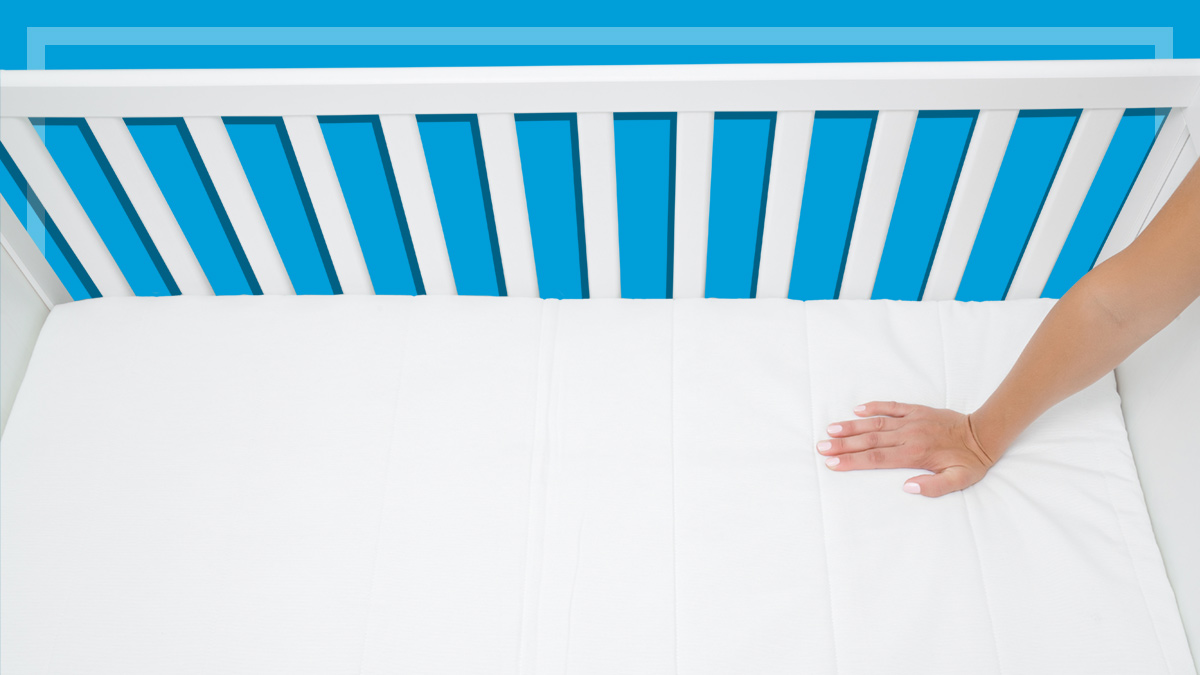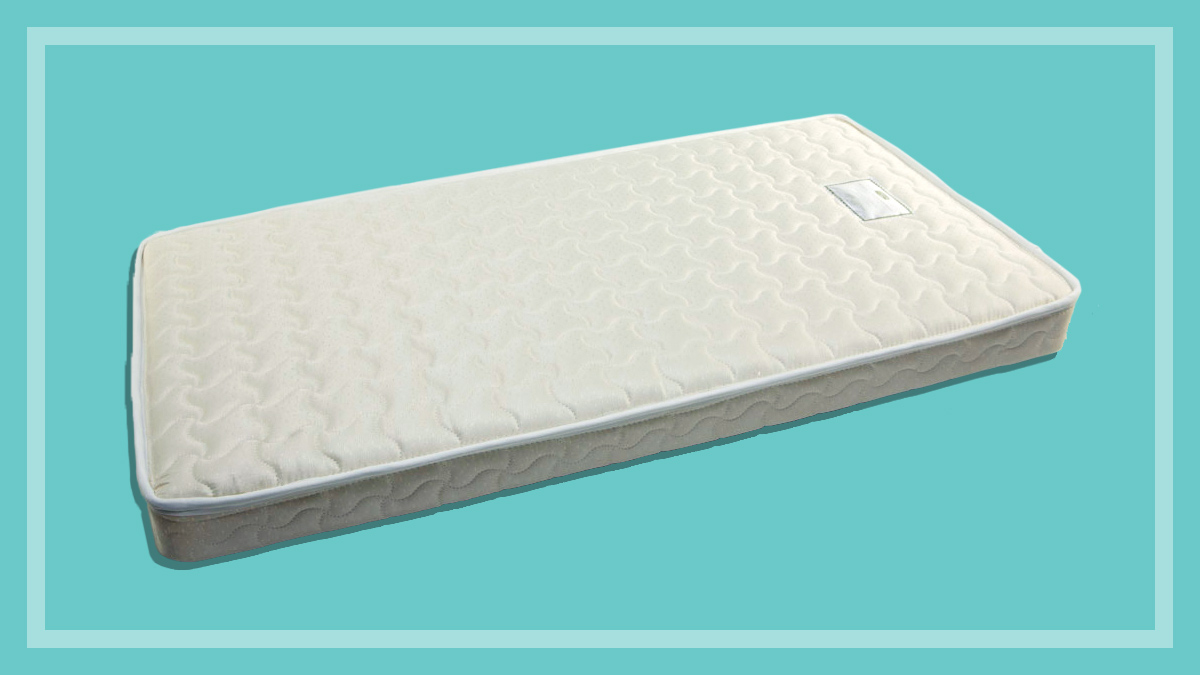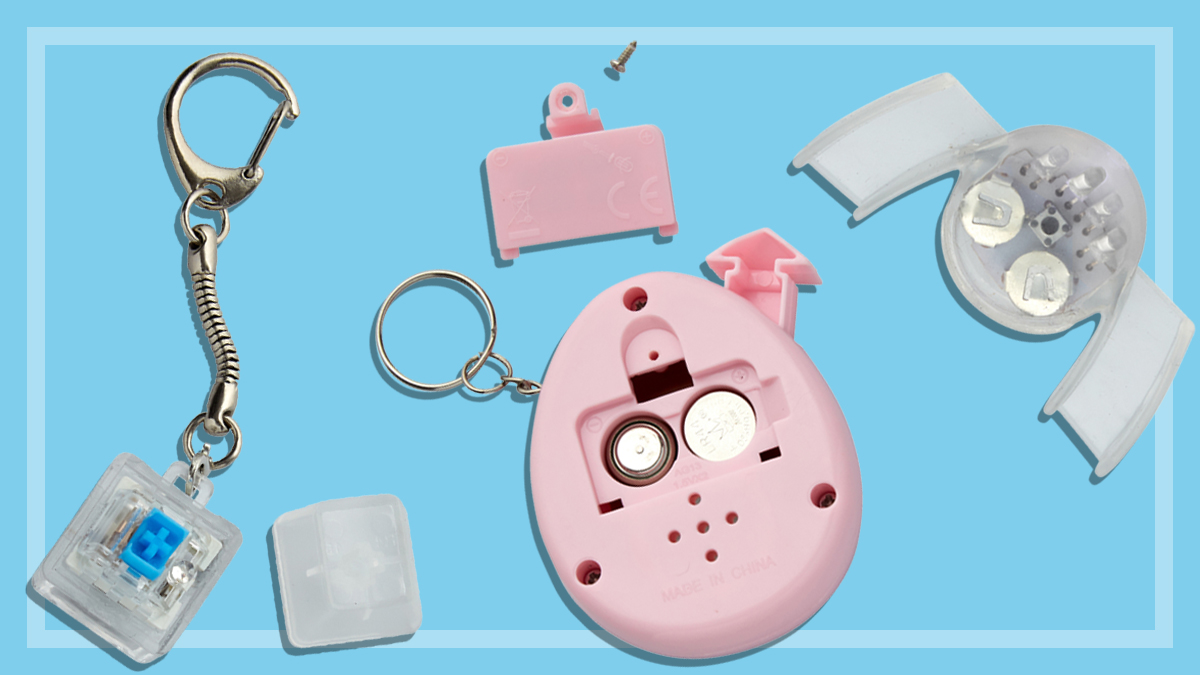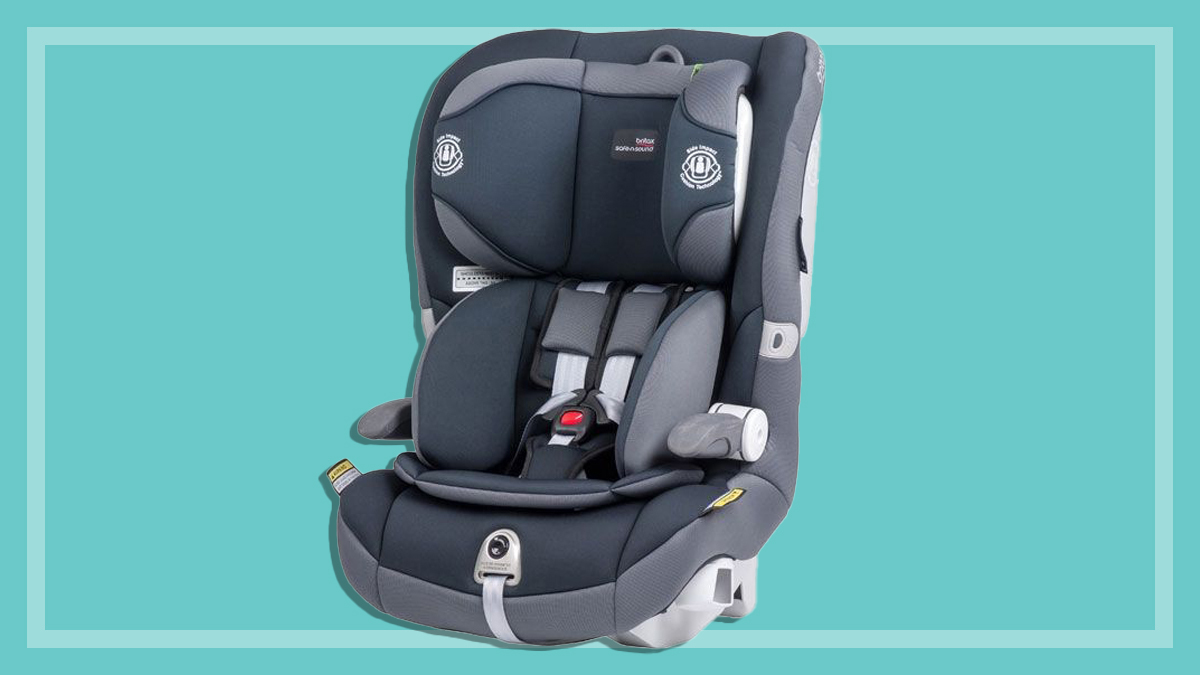Get our independent lab tests, expert reviews and honest advice.
What to know before buying a cot mattress

A cot mattress with a sleeping surface that’s too soft increases the risk of fatal sleeping accidents. If a baby rolls over face-first, their nose could push against any cushioning or undulating surfaces in the mattress and their breathing could become obstructed.
On this page:
- How to test cot mattress firmness at home
- The importance of a good fit
- Are second-hand cot mattresses safe?
For years, Australians have been able to legally buy unsafe cot mattresses as they didn’t need to meet any product safety standards. Finally, a new mandatory safety standard for infant sleeping surfaces was introduced on 18 July 2024, with an 18 month transition period in place. From 19 January 2026 suppliers must ensure that products such as cot mattresses are sufficiently firm and safe, and compliant with design, construction and performance standards. They must also ensure that the product has sufficient warnings and usage instructions.
The CHOICE labs have been testing cot mattress firmness since 2016 and have seen improvements in that time. However, there are still unsafe mattresses out there that fail our tests.
Follow our guide for choosing the safest mattress for your little one.
How firm is firm?
Parents are advised by safety experts to always choose a ‘firm’ mattress to minimise the risk of sudden unexpected death in infancy (SUDI). But until very recently there was no agreed definition of ‘firmness’.
The good news is that there’s a standard test method for firmness, AS/NZS 8811.1:2013 Method 1: Sleep Surfaces – Test for firmness. And from 19 January 2026, cot mattress makers (or makers of any other infant sleep surface, such as a bassinet) will need to ensure their mattresses are sufficiently firm by complying with firmness requirements. In recent years we’ve seen an increasing number of manufacturers claim compliance, but not always. And before the mandatory requirements are in place, consumers still don’t know whether a cot mattress is safe.
When we test cot mattresses in the CHOICE labs, we test them to this standard, so our cot mattress reviews can tell you which ones passed or failed our safety tests.
But if you’re wondering whether your current cot mattress is firm enough, we’ve got some tips for testing that at home.


How to test cot mattress firmness at home
Dr Ron Somers, one of the researchers behind the standard firmness test, has devised a DIY method for parents and carers which mimics the lab-based standard test for firmness.
This informal test method is for home use only and is not a replacement for the standard test for firmness (which uses a calibrated apparatus and conditioned lab environment). But it’s far better than not knowing how safe your mattress is at all. If your mattress fails this test then it is definitely not safe.
You’ll need:
- two unopened 1L milk or juice cartons with square bottoms (not rectangular bottoms)
- a marker
- a ruler
- a stack of 12 DVDs or CDs (not in their cases), protectively and tightly wrapped in cling film.
Method:
- Mark one of the milk cartons with a line 40mm parallel from the base. Mark all four sides this way so they form a ring around the carton.
- Place the tightly wrapped discs near the softest part of the sleep surface. Look for a ‘worst case scenario’, such as a fold or peak on the surface where a baby’s nose could be positioned.
- Lay the marked milk carton sideways on the stack of discs so that it is centred, and have the marked line match up with the edge of the disc so you get a 40mm overhang. Make sure the overhang sits over the soft part of the sleep surface.
- Lay the second carton sideways and stack it onto the first, making the stack as level as possible – this usually means selecting an off-centre position.
- See whether the overhang touches the soft part of the sleep surface. If it does then the sleep surface is too soft to be safe.
- Test a few locations on the mattress, especially anywhere where the child’s head might rest. A mattress should be firm enough in every location on the sleeping surface.
Testing for mattress firmness at home
The importance of a good fit
It’s essential to cot safety that the mattress fits snugly in the cot, and that it meets the cot manufacturer’s recommended dimensions.
There must never be more than a 4cm gap between the edge of the mattress and the adjacent cot side when the mattress is pushed to the opposite side. Gaps at the sides are a suffocation risk, just as firmness is.
There must never be more than a 4cm gap between the edge of the mattress and the adjacent cot side when the mattress is pushed to the opposite side
But if a mattress fits too tightly, sections of it could deform and bunch up along the cot edge, making it easier for a child to climb out of the cot. It could also cause the dropside to not move freely, if there is one.
That’s why it’s important for manufacturers to at least put the length and width of the mattress on their label, and preferably the thickness, too.
The thickness of the cot mattress can also be the difference between a cot failing the mandatory standard for cot depth. The distance from the top of the mattress to the top of the lowest side when the dropside is closed should be at least 50cm when the base is in the lowest position, and at least 30cm in the upper position.
Material and quilting
As for mattress construction, you’ll find a huge variety including foam, latex and inner-spring. All of these sorts of mattresses are capable of passing the firmness test, so we can’t recommend one type over another, but an inexpensive and very basic mattress is just as likely to be as good as any other.
You’ll often find cot mattresses promising ‘comfort’ or ‘support’ for your baby. A baby is not built like an adult, and a firm mattress, not a cushioned one, is safest for your baby. Our tests show that cot mattresses which are flat and don’t have undulating or quilted features are less likely to fail our firmness test. Never use a mattress topper.
Warning about vacuum-packed cot mattresses
Many cot mattresses, regardless of their construction, are shipped in boxes where they’ve been vacuum-packed and rolled up. This makes transporting them more efficient. However, to ensure they’re at their firmest, they must be left on a flat surface for several days (at least) to fully expand.
Generally cot mattresses-in-a-box are no more or less firm than traditional types once they’ve expanded, but we have seen ones that retain their bent shape after a number of weeks prior to use. If this happens, contact the manufacturer for a replacement.
Note that once a cot mattress has expanded, it can no longer be vacuum-packed again.
Are second-hand cot mattresses safe?
New cot mattresses are best. However, if you’re getting one second-hand, it’s important to know that any previously-used mattress should be firm enough, clean and show no signs of dampness or mould. It’s also vital that it fits well in the cot. Red Nose provides more information on using second-hand mattresses.
Safe sleeping tips
There are more tips for keeping your cot safe on the Red Nose website, but the main things to remember are:
- Choose a standards-compliant cot – see our cot reviews for recommendations.
- Never wrap your mattress in plastic or any other unbreathable material.
- Soft toys and bumpers could pose a suffocation risk and should never be placed in the cot.
- Always place baby to sleep on their back, with feet at the base of the cot.
- Don’t use doonas/quilts, lambswool, thick blankets or pillows in the cot.
- Buy a firm, safe mattress.
- Keep baby’s head uncovered and away from blankets, which should be tucked in tightly. Alternatively, use a safe sleeping bag.






